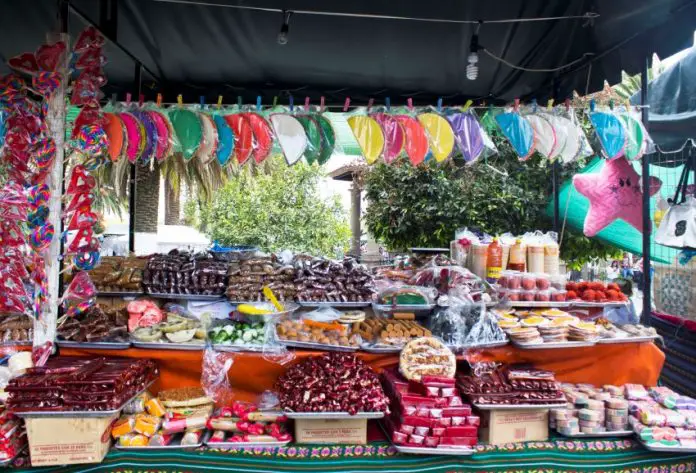The history of Mexican candy can be summed up in three words: honey, honey and more honey. In ancient Mexico, the population used honey extensively to create traditional sweets. The Nahua word “necuhtli” means honey, and early Mesoamericans had several types of it, including bee honey (miahua necuhtli), maguey nectar (menecuhtli) and aguamiel (iztac necuhtli) — many of which formed the basis for the first types of Mexican candy.
Honey has been a longstanding food source that added a mild flavor to prepared corn cobs and Mesoamerican preserves. Products made of corn and honey were offered to the gods and consumed during celebratory occasions. In ancient times, the Nahua people celebrated the birth of Huitzilopochtli with idols made of roasted and ground blue corn mixed with dark maguey honey.
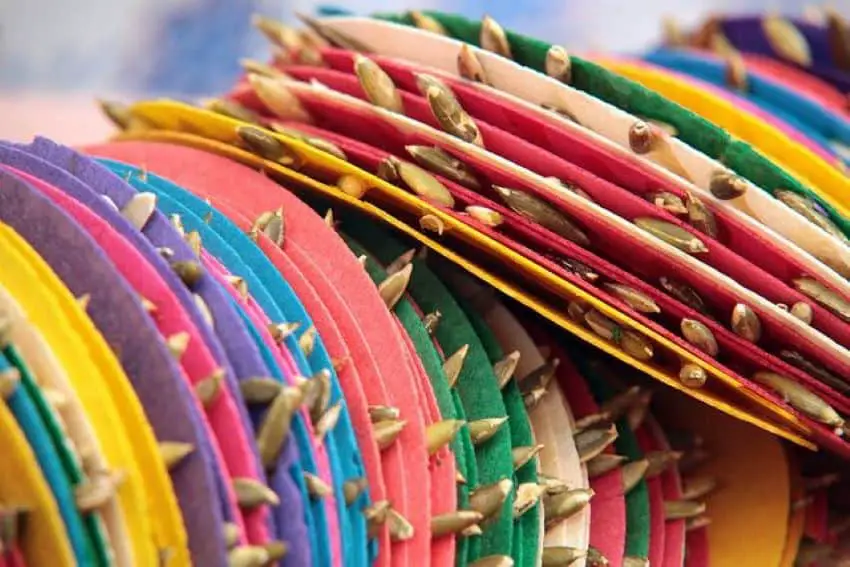
The renowned Florentine Codex, a manuscript created post-Conquest by Spanish missionary Bernardino de Sahagún and Indigenous Nahua collaborators also mentions the creation of a dough called tzoalli made from burst huauhtli (amaranth) seeds mixed with black maguey honey. This dough was used to make images of deities that were ritually consumed by the faithful in a form of theophagy. To this day, amaranth, a highly nutritious cereal native to Mesoamerica, is mixed with honey to make sweets like alegrías and the famous skulls for the Day of the Dead.
Sugar was introduced to Mexico by the Spanish during the 1520s, but it wasn’t until the 19th century that sugar cane became widely used across the country.
What makes Mexican candies different?
Mexican candies are notably influenced by two key ingredients of the region: chili and tamarind. Even candies meant for children in Mexico often incorporate chili. In fact, many of the top-selling candies in Mexico today would be considered spicy by foreign standards.
Tamarind, on the other hand, is a fruit known for its high content of vitamins B, C, and E, as well as fiber. Its distinctive flavor profile oscillates between spicy and sour, with a touch of sweetness. Mexican sweets often showcase these two unique ingredients.
A basic guide to traditional Mexican candies
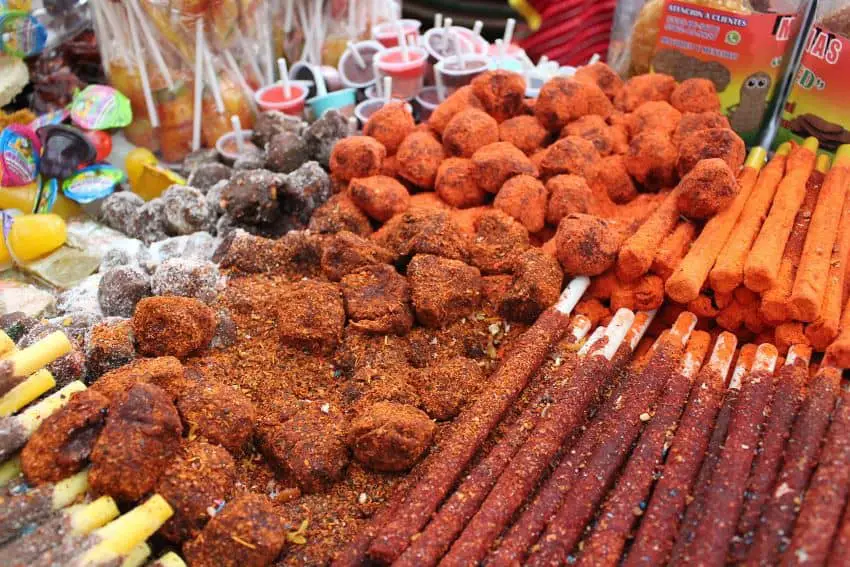
Let’s explore some traditional Mexican candies that have been enjoyed since colonial times and are still popular today, often found in traditional markets:
Alegrías: Made with toasted amaranth seeds and bound with sugar honey, this sweet is usually decorated with nuts or raisins.
Palanquetas: A bar made of peeled and shelled peanuts combined with piloncillo syrup and other grains like walnuts, amaranth and almonds. It was originally a sweet made from roasted and ground corn, mixed with honey to celebrate Papaquilizilhuitl, the Corn Festival.
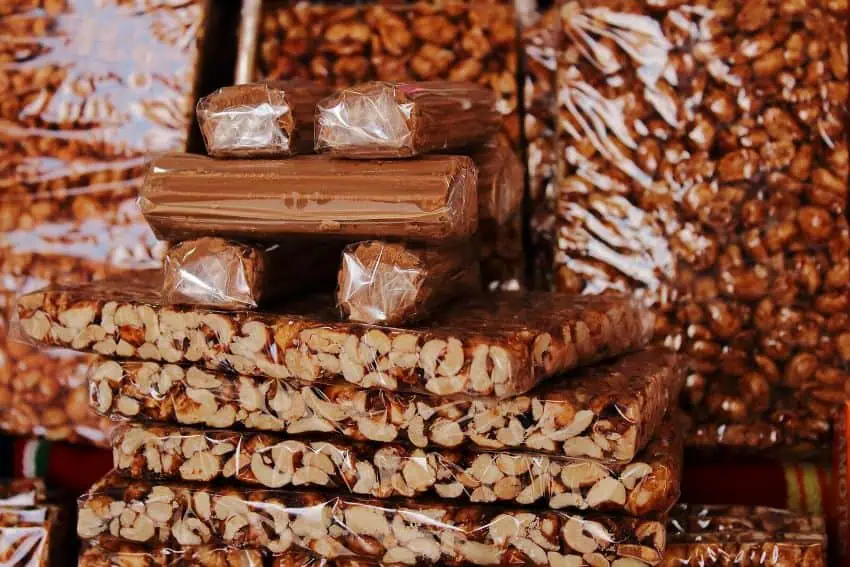
Pepitorias: Folded wafers of wheat or rice flour filled with melted piloncillo and pumpkin seeds, available in various colors.
Bolitas de tamarindo: These balls of tamarind paste are dusted with sugar. Some people make them with dulce de tamarindo, a mixture of tamarind, sugar and chili.
Borrachitos: First invented in Puebla, these creamy sweets are soaked in syrup and liquor like rum or tequila.
Cocadas: A chewy candy made with grated coconut, sugar and milk, cocada is often served in a scooped-out lime.
Dulce de leche: Also known as jamoncillo, this sweet is made with milk, sugar and chopped nuts.
Candied fruits: Fruits cooked with lime (similar to how corn nixtamal is prepared). Immersed in a lemon and water solution, they’re sweetened with sugar or piloncillo syrup to preserve them.
Commercial candies
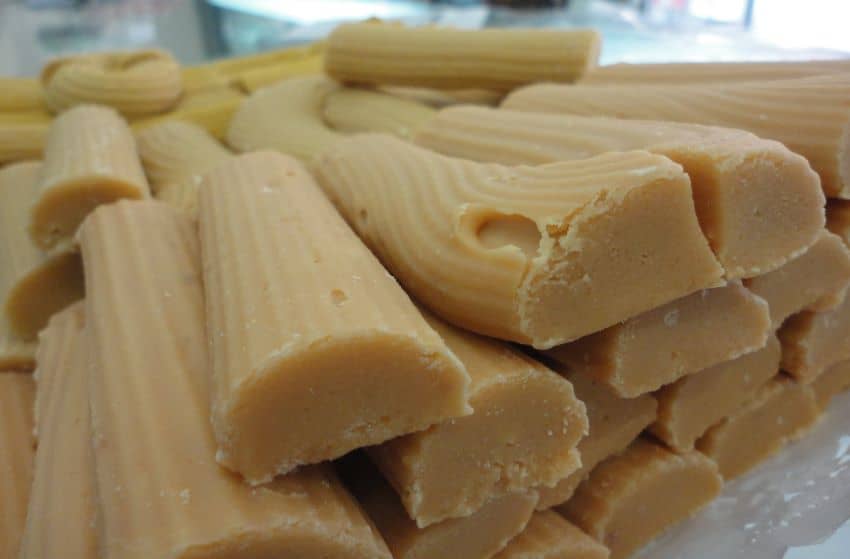
The world of Mexican candies is vast, and alongside traditional and artisanally produced confectionery are mass produced sweets you can get across the country and around the world.
Mazapán De La Rosa: Mazapán, known in English as marzipan, is a sweet made with sugar and almonds or peanuts. Mexico’s version uses the latter, and De La Rosa is without a doubt the best known mazapán in the country.
Pelón Pelo Rico: A tamarind and chili flavored squeeze candy, Pelo Rico is a favorite with children for the shapes it makes when it comes out of the bottle.
Pulparindo De la Rosa: Another De La Rosa product, Pulparindo is a spicy tamarind bar coated in salt and chili.
Vero Elotes: This corn cob-shaped lollipop is caramel flavored and coated with chili powder.
Duvalin: Similar to Dunkaroos, this creamy candy is available in hazelnut, strawberry and vanilla.
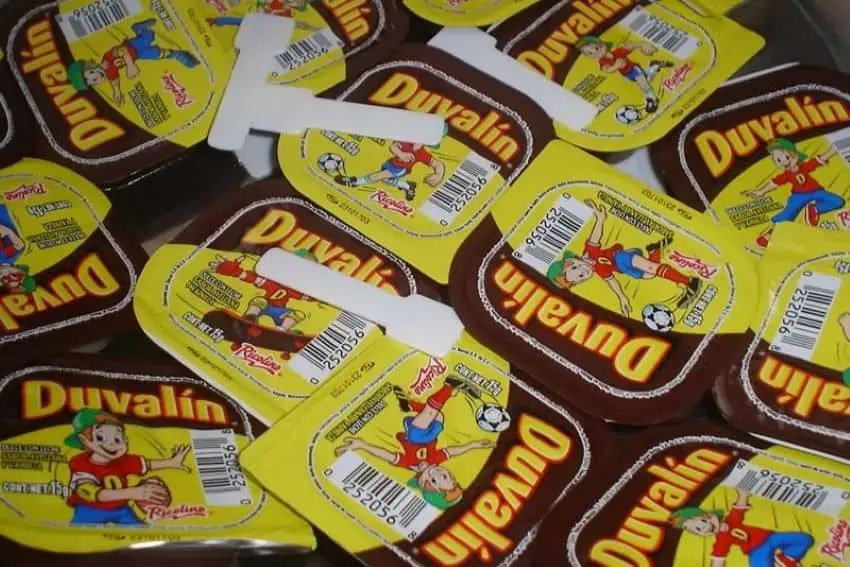
These candies showcase the diverse and flavorful world of Mexican confectionery, combining traditional ingredients with unique flavors to create delightful treats enjoyed by people of all ages.
Which others would you add?
Ana Paula de la Torre is a Mexican journalist and collaborator for various outlets including Milenio, Animal Político, Vice, Newsweek en Español, Televisa and Mexico News Daily.
